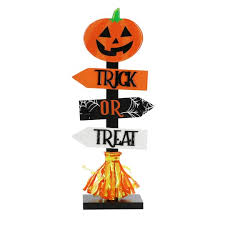The Tradition of Trick or Treat on Halloween

Introduction
As Halloween approaches, one of the most beloved traditions takes centre stage: Trick or Treat. This custom epitomises the spirit of the holiday, allowing children to dress up in costumes and collect sweets from their neighbours. Understanding the significance and evolution of Trick or Treat provides insight into cultural practices and community engagement during this festive season.
The Origins of Trick or Treat
The origins of Trick or Treat can be traced back to ancient Celtic festivals, particularly Samhain, which marked the end of the harvest season. During Samhain, people would light bonfires and wear costumes to ward off ghosts. The phrase “trick or treat” gained popularity in North America in the late 19th century, becoming a community-focused activity where children would visit homes to receive candy.
The Evolution of Trick or Treat
Over the decades, the tradition has transformed significantly. In the early 20th century, neighbourhood children would perform small tricks or songs in exchange for treats. By the 1950s, the commercialisation of Halloween led to an explosion in the popularity of candy, and the practice of Trick or Treating became a widespread custom. Today, cities across the UK and beyond see children of all ages take to the streets clad in various costumes, with many households participating in the celebration by preparing bags of sweets for eager visitors.
The Impact of COVID-19
The COVID-19 pandemic cast a shadow over Halloween festivities in 2020, with many families opting for alternative celebrations to maintain safety. However, in 2021, as restrictions eased, Trick or Treat saw a resurgence, with many communities implementing safety measures to ensure a safer experience, such as social distancing and outdoor gatherings. This illustrates the resilience of community traditions even in challenging times.
Conclusion
Trick or Treat remains a cherished Halloween tradition, symbolising community spirit and childhood joy. As we move forward, its significance is likely to continue evolving. It reflects not just a fun activity for children, but also a means of fostering neighbourhood connections and creating lasting memories. Looking ahead, the continued adaptation of this custom may bring new forms of celebration, ensuring that the spirit of Trick or Treat lives on for generations to come.








